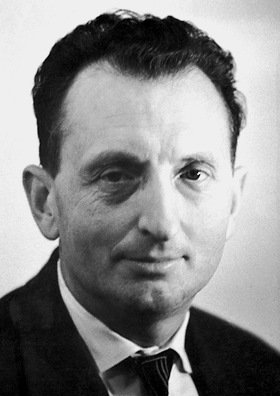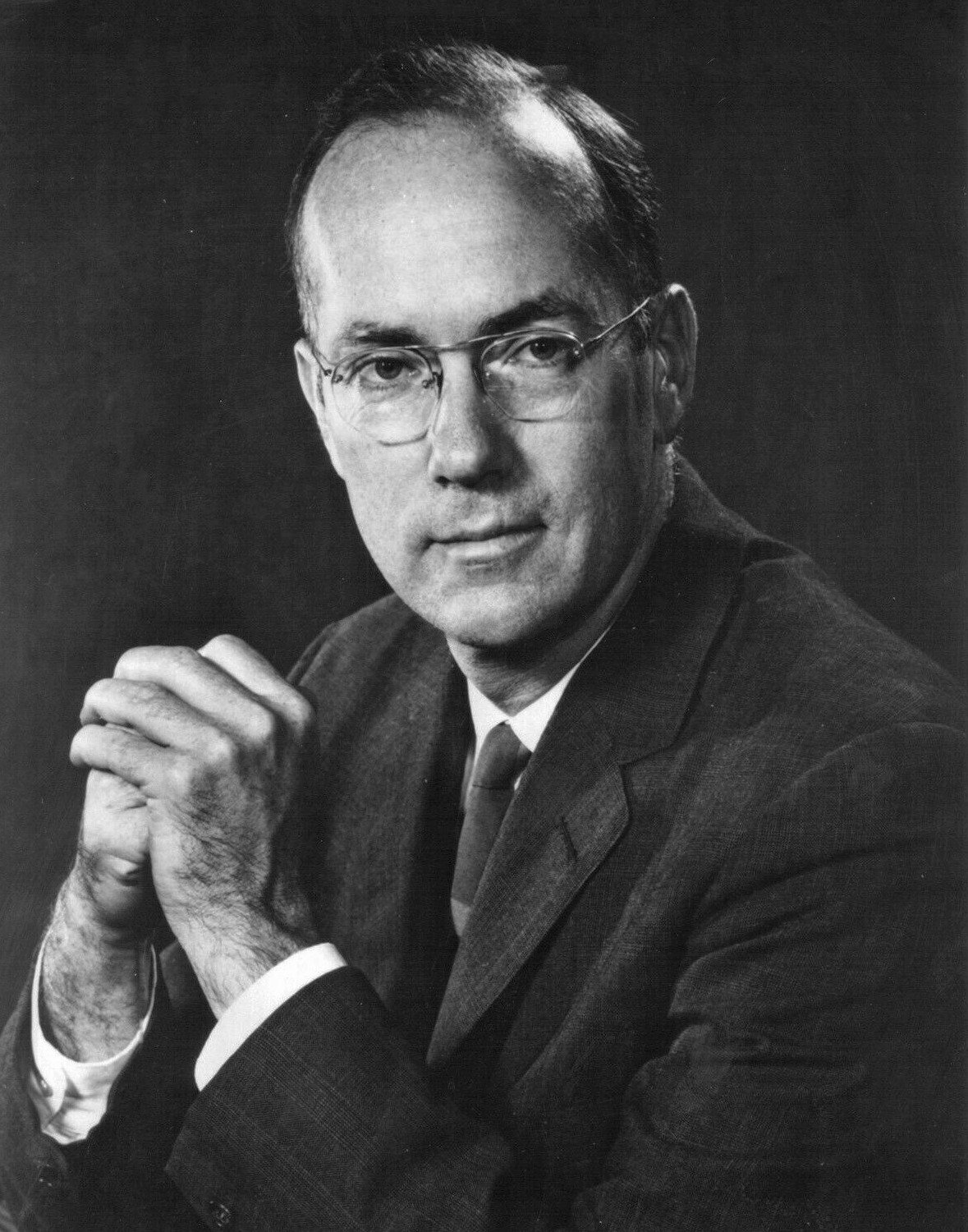![]()
History of the Laser © 2025 | All Rights Reserved
In 1958, the Soviet physicist Alexander Prokhorov independently proposed using an open resonator, marking the first published appearance of this idea.
The same year, researchers at Bell Labs filed a patent application for their proposed “optical maser,” while Charles Townes and Arthur Schawlow submitted a manuscript of their theoretical calculations to the Physical Review, which was published in 1958.
The race to create the first functioning laser was on, with several research teams competing to turn theory into reality. These teams included Townes at Columbia University, Schawlow at Bell Labs, and Gould at the TRG (Technical Research Group) company.

Alexander Prokhorov

Charles Townes

Artur Schawlow
![]()
This setup produced a beam of coherent red light with a wavelength of 694 nanometers. Although the device was only capable of pulsed operation due to its three-level pumping design scheme, it opened the floodgates for further laser development.
Photo credit: The Smithsonian
Patent #4,053,845, issued years later, “gave Gould the credit for the amplifier that excited the first laser.